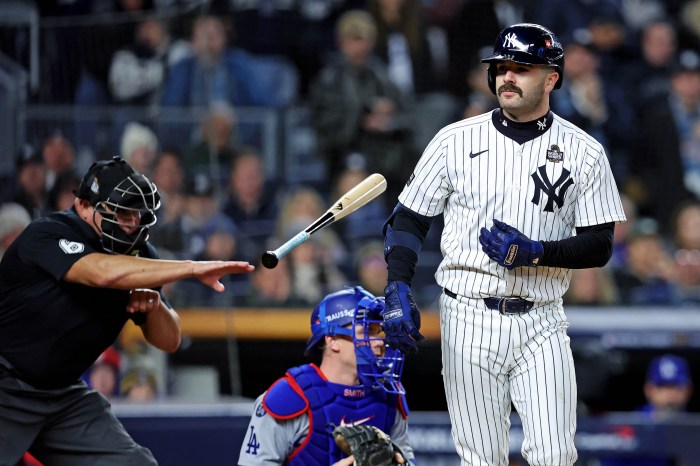Everyone approaches their fantasy draft differently. Some soak up advice from all corners of the internet, from articles to videos to podcasts. At the other end are those who just wing it — or skip the draft completely without care.
Most people likely lie somewhere between the two extremes, gathering a little research or keeping up with injury news and offseason player movement. Maybe they peruse a set of rankings to see who the top players are over the first few rounds.
Odds of success and failure in fantasy football probably look about the same for any preparation strategy, so it really comes down to preference. There’s no wrong way to do it.
But there are ways to slant things in your favor — at least a little — in terms of coming away from the draft with a team you’re happy to manage all fall. For your consideration, I humbly offer the way I prepare for drafts and execute my strategy.
Tier lists
Ranking every player 1-300 is a fool’s errand. It can give the impression that a player ranked No. 30 is better than Nos. 31 or 32 in some meaningful way. Typically, that’s not the case.
Instead, I use tiered rankings. Personally, I like to devise my own lists based on a combination of season stat projections from sources such as ESPN and Yahoo, and my own feelings on whether those stats overrate or underrate how a player will perform in the upcoming season. That’s not for everyone, but plenty of tier lists can be found on the internet. I suggest selecting one that makes sense to you as a base.
Before your draft, take about 20 minutes to cross off the names of players you aren’t interested in drafting at all. Don’t change your mind mid-draft; I’ve always regretted it when I do. Next, peruse for players you’d ideally like to target. Especially for preferred players who figure to go later in the draft, feel free to move them up a tier or two. While overdrafting in the first five or six rounds isn’t usually a great plan, it’s hard to go crazy over doing so in Round 11.
Since switching exclusively to this approach, I’ve always been satisfied with my post-draft roster. I don’t wind up with everyone I want, but I get a ton of talent I like. At least I can be happy before Week 1.
Make an outline
I never go into a draft without knowing how many players I would like at each position. Budget how you will fill all 16 roster spots, and try to stick to it pretty closely.
In a standard PPR league, you’ll ideally have more WRs than any other position because of depth and the chance for sleepers to emerge as starters as early as Week 1. You must secure at least three reliable starting RBs — ideally four. For teams that use two RBs heavily, it’s OK to draft both; I’d even consider making the New England Patriots’ James White and Sony Michel weekly starters together on your roster. Neither should be considered your top RB, however.
QBs are easy to stream (play a different one each week) in 10- and even 12-team setups, so there’s little need to take two at the position — and don’t even bother if you wind up with the Kansas City Chiefs’ Patrick Mahomes. You could try taking a pair of low-end top-10 QBs and let the first few weeks dictate who sticks around long-term, but I’d rather use the roster slot on a WR with breakout potential.
At TE, you can safely limit yourself to one if you land Travis Kelce (Chiefs), Zach Ertz (Philadelphia Eagles) or George Kittle (San Francisco 49ers). If you whiff on them, try the aforementioned low top-10 QB strategy at this position as well. Don’t bother taking a second TE if he isn’t a clearly starting-level fantasy TE. You’ll probably be better off streaming the position until you settle on someone.
Please, please — please — do not take more than one D/ST or K. Just don’t. Do it for me, OK?
If you want to take the extra step I take, you can even plot out a position or positions you would like to target in each round. You don’t have to be slavish to your plan if someone you like slips in your draft, but I like to do this to be sure I don’t overdraft a QB or a TE.
Don’t get attached
Most years, I reach the finish line with fewer than half the players I drafted because I actively seek trades and continually monitor the waiver wire. Outside of the first five rounds, very few of my selections make it to championship week, unless I hit on a sleeper.
There’s no need to give up quickly on your underperforming picks, injuries notwithstanding, but you should know going into the season that its healthy to cut bait. We only know so much entering a season, and even a month of data doesn’t always tell the full story. Be adaptable.
Emotion has to be left out of the equation, if for no other reason than to stay sane while playing an essentially meaningless game. That goes for behavior toward the players on social media. Maybe we don’t complain about or threaten them on Twitter, yeah?




































